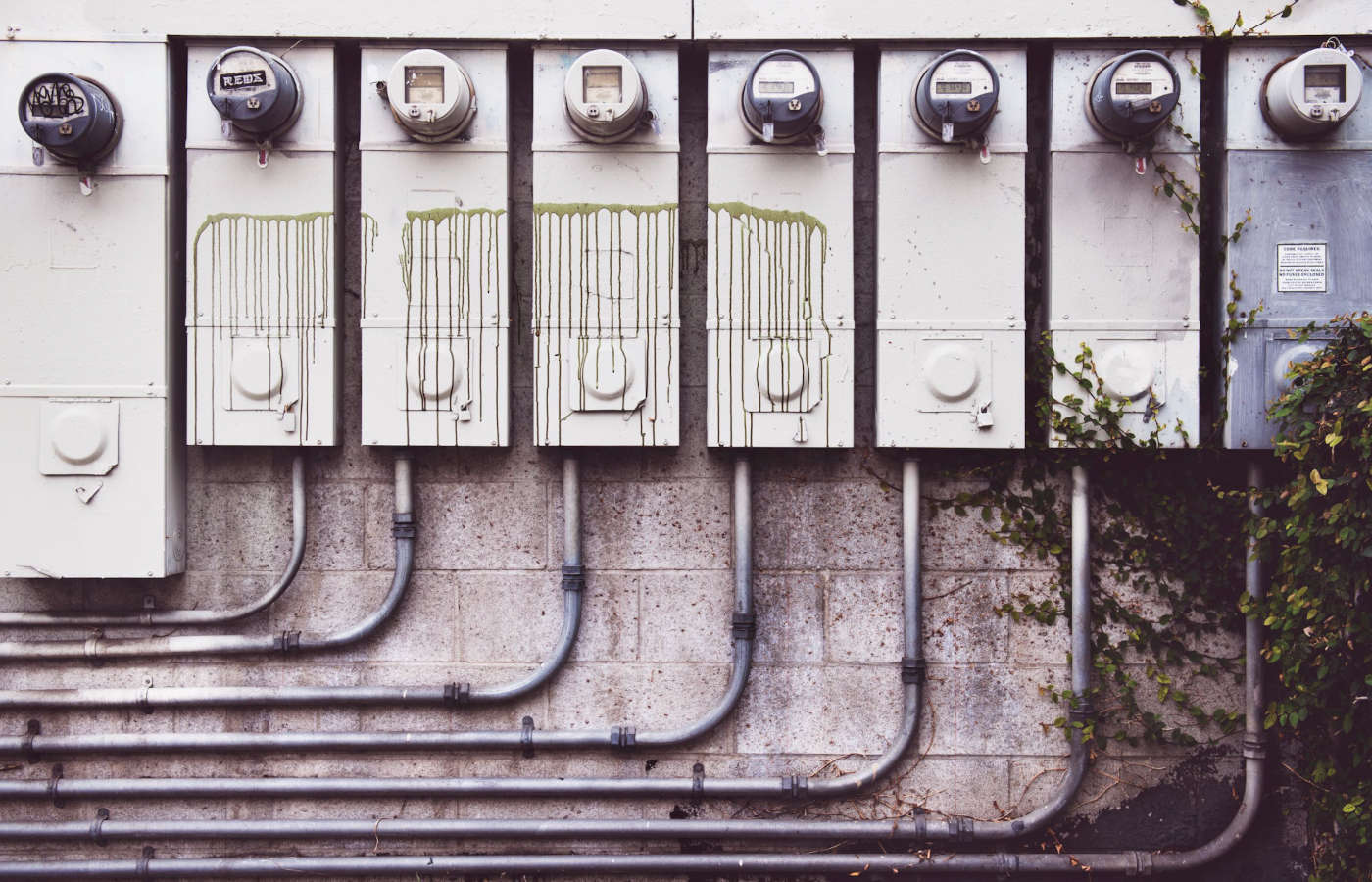As for our winter, generators simply do not start at certain sub-zero temperatures. For example, the guaranteed temperature at which a gasoline generator will start is -10 ̊, and a diesel one is 0̊ С. And do not want to build a generator at home, because of the noise and pollution. After all, where to install a generator?
Preparing a site for a generator
For the correct equipment of the installation site of the generator, several important points must be taken into account:
- the generator should not vibrate. It is best to install it on a platform containing shock absorbers. The ideal option is a concrete floor base and rubber mats. Such a coating will dampen noise and prevent vibration.
- soundproofing. Each generator has a built-in silencer. But even with it, generators (especially diesel ones) make a lot of noise. This sound is comparable in decibels to the noise of an aircraft located at a distance of 200 meters – it is very loud, it will be impossible to stand nearby and talk. To avoid this inconvenience, you can make additional sound insulation using sandwich panels or non-flammable mineral wool boards with a density of 175 kg/m3. Such a measure of soundproofing will fully justify itself if the room is small, and it is intended only to accommodate the generator.
If you are planning to install a generator in a separate building – a garage or a shed, then it makes sense to purchase a generator in a protective noise-proof casing. This device does its job well. For comparison, a diesel generator in a protective casing is approximately 65-70 decibels (the loudness of human speech). That is, it works almost silently.
Harmful emissions from the generator
Exhaust fumes are not only unhealthy, they are deadly. Any type of generator must be equipped with a gas outlet. The outlet may look like an adapter mounted on a muffler, complete with a metal sleeve (sanitary corrugation is allowed). Keep in mind that during the operation of the installation, the hose may experience temperatures up to 400̊ C, so you must insulate it in advance. As insulation, you can use a high-density basalt slab (for example, PZH-200) or an asbestos sheet.
Ensuring air flow
An internal combustion engine can not function without an influx of oxygen. Which means that it is necessary to ensure a constant supply of fresh air to the room where the generator operates. If the room is not hermetically sealed, then the air enters it naturally, by itself. The room can be considered hermetic if plastic windows are installed in nm, and doors are equipped with seals. In this case, controlled blinds will be an excellent way out for you. Which will open and close themselves depending on the level of temperature inside the room.
And if you still install a generator on the street?
There is a solution in which you can do without a special room for the installation of the generator. This is a specially equipped container in which there is a fan, an outlet for exhaust gases, a heater (convector). As well as electrical equipment boxes, completely protected from dust and moisture.
Summary
Of course, the generator is best placed indoors, and separate from your home. And in order for the generator to serve for a long time and without breakdowns, good sound insulation, a constant flow of air from the outside and the appropriate temperature to start the engine are necessary.

There are no comments yet.